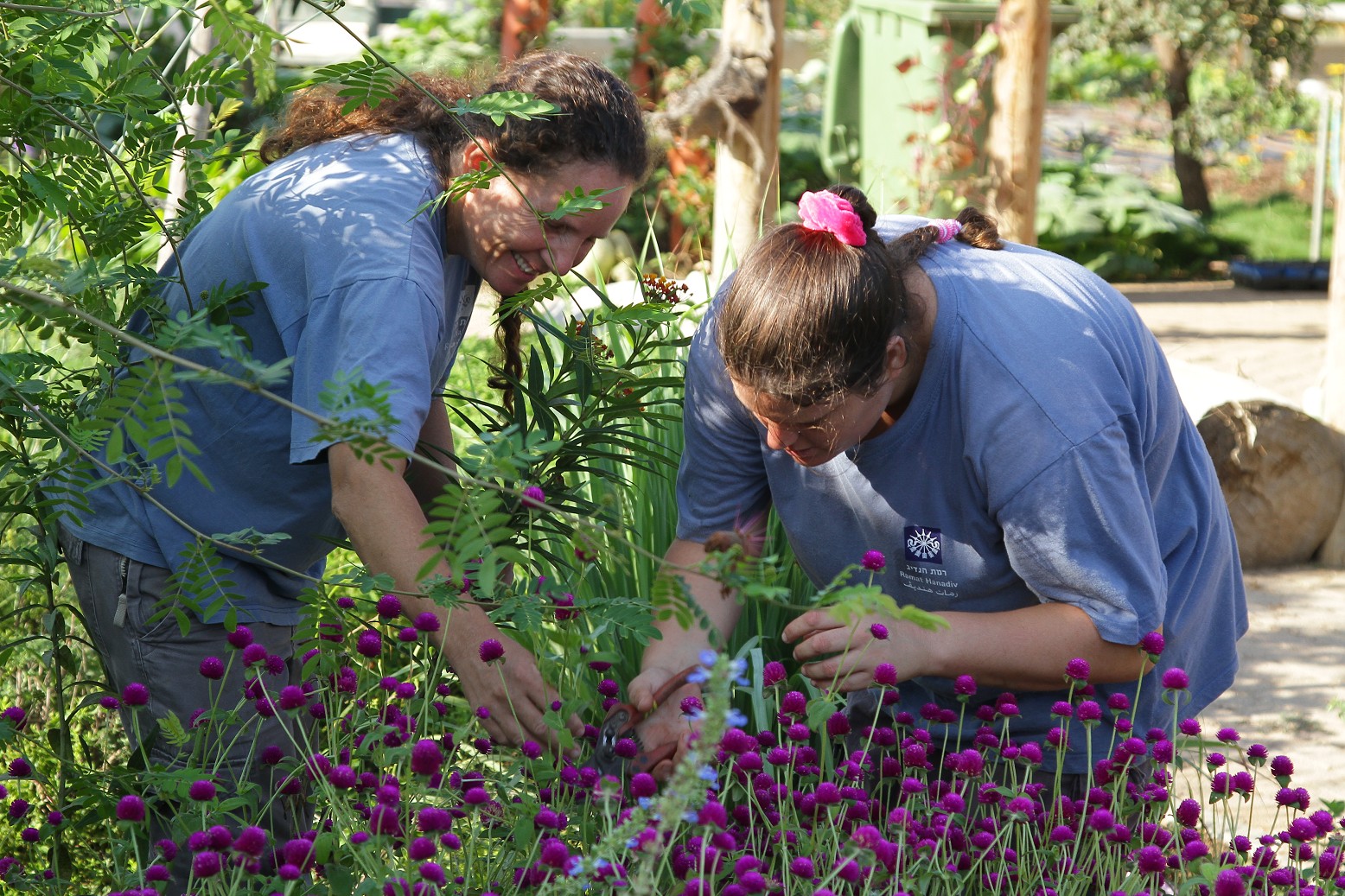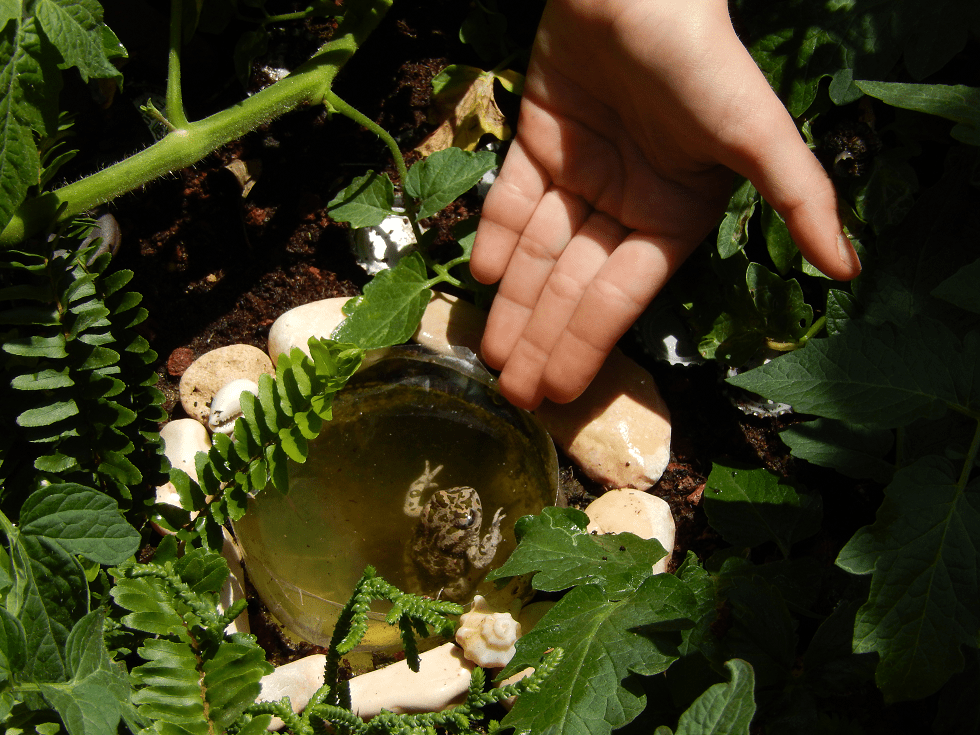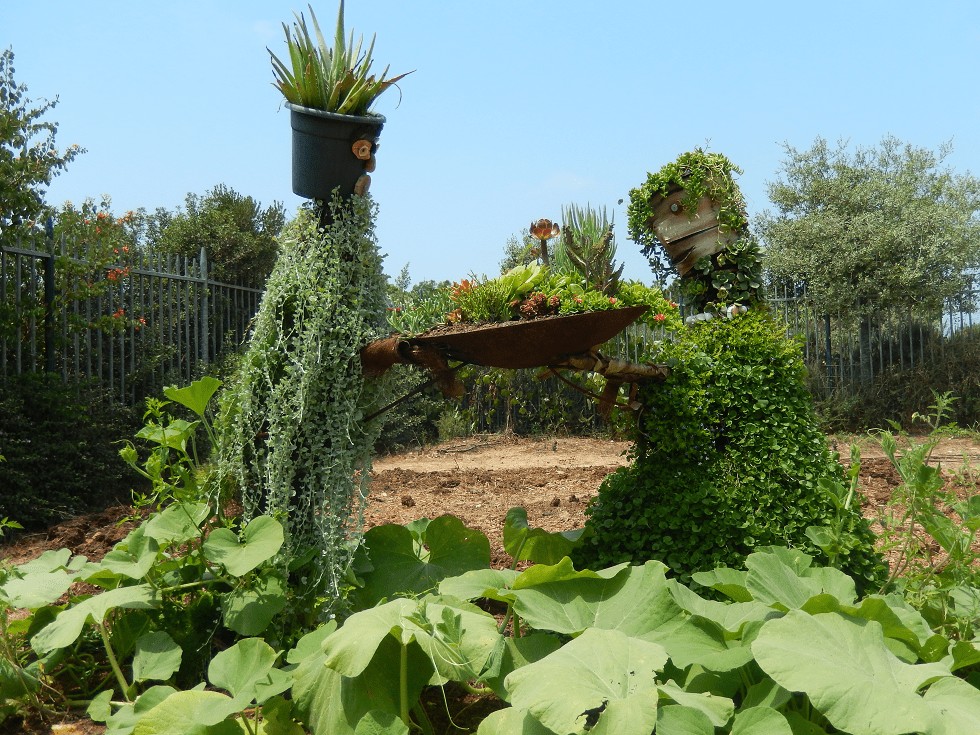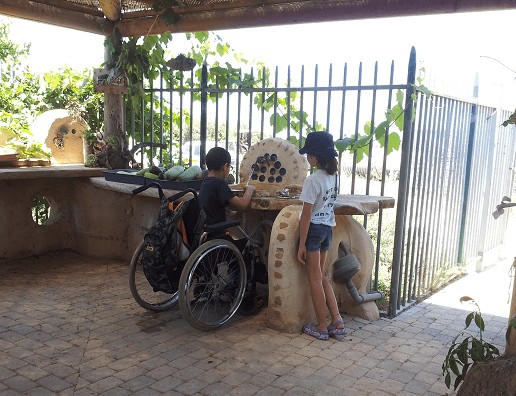
This is each patient’s personal, private place. Within clear boundaries separating each 2 x 3 meter plot from its neighbors, members create their own garden. They may shape it as they desire introduce various elements of their choosing, plant and sow according to personal preference: flowers, herbal, fragrance and tea plants, vegetables or fruit. It is also their responsibility to care for their gardens: to water, prune, harvest, weed, shape, air and alter. The garden’s boundaries do not apply solely to planting – one may also dig a whole, construct a rockery, pave a path and more. A horticultural therapist often accompanies the process of working in the garden, to assist both theoretically and technically in carrying out the activities.

The individual garden bears great significance in the therapeutic process:


a place where (nearly) everything is allowed; the enabling space, the playground, the place where one is free to act out one’s wishes and will; even if some are not interested in cultivating or growing anything; even if one only wishes to dig a hole or pile rocks or do anything else he or she sees fit to do in the garden.
יש לך שאלה? נשמח לעזור
Of further interest...
Accessibility
Accessible Trails
We have worked hard to make our buildings, infrastructure and service accessible to special sectors of the population so that everyone can enjoy an accessible and enjoyable visit to the Memorial Gardens and Nature Park.
Sustainability
Sustainable Gardening
Sustainable gardening is defined as gardening that considers the needs of the current generation without harming the needs of future generations. It includes garden design that considers the existing elements on site – the landscape, soil, environment and vegetation suitable for the region
Dining Here
Dining-Kiosk
Refresh yourself at the Kiosk with a drink or snack. The kiosk is open daily.

